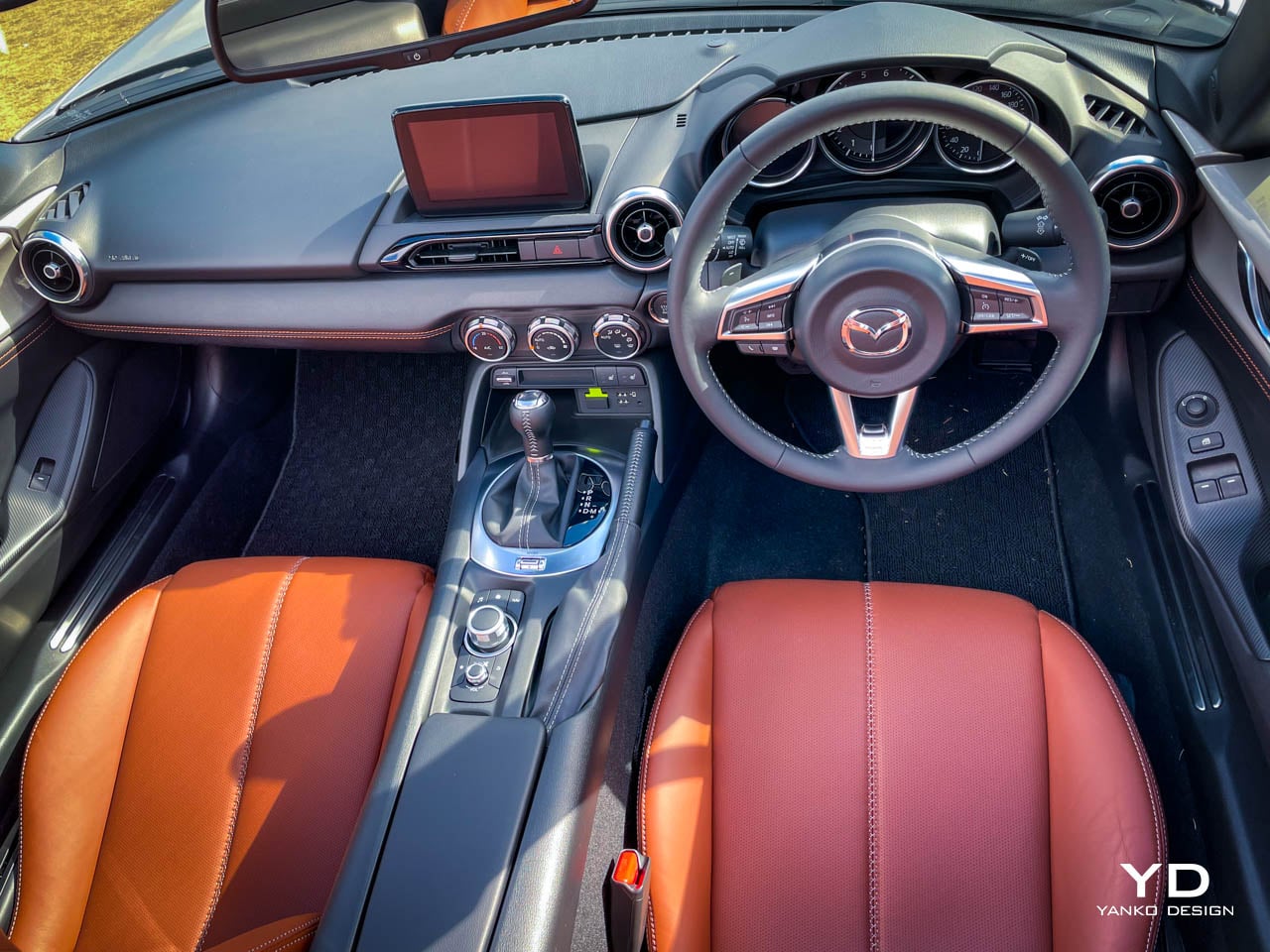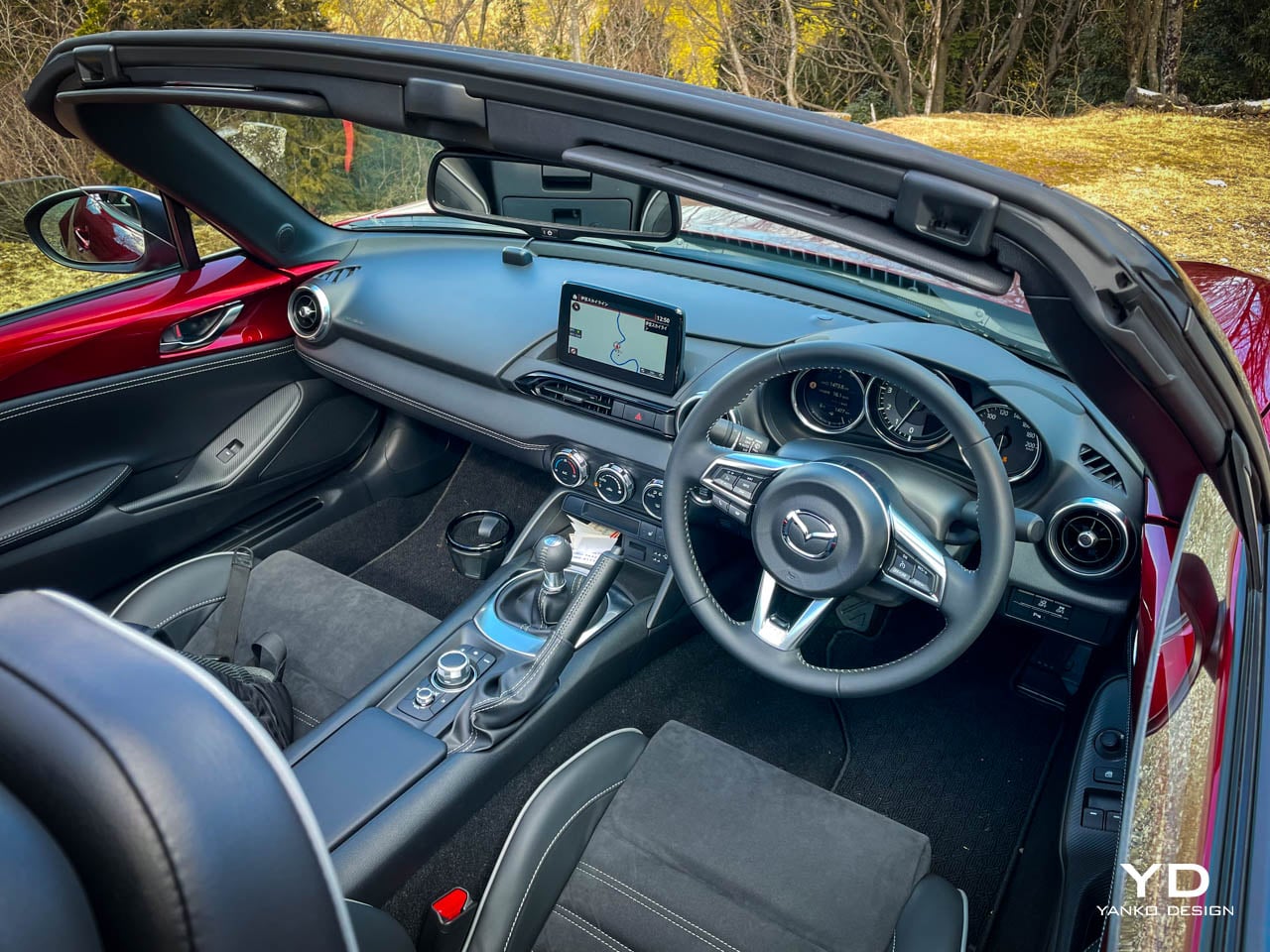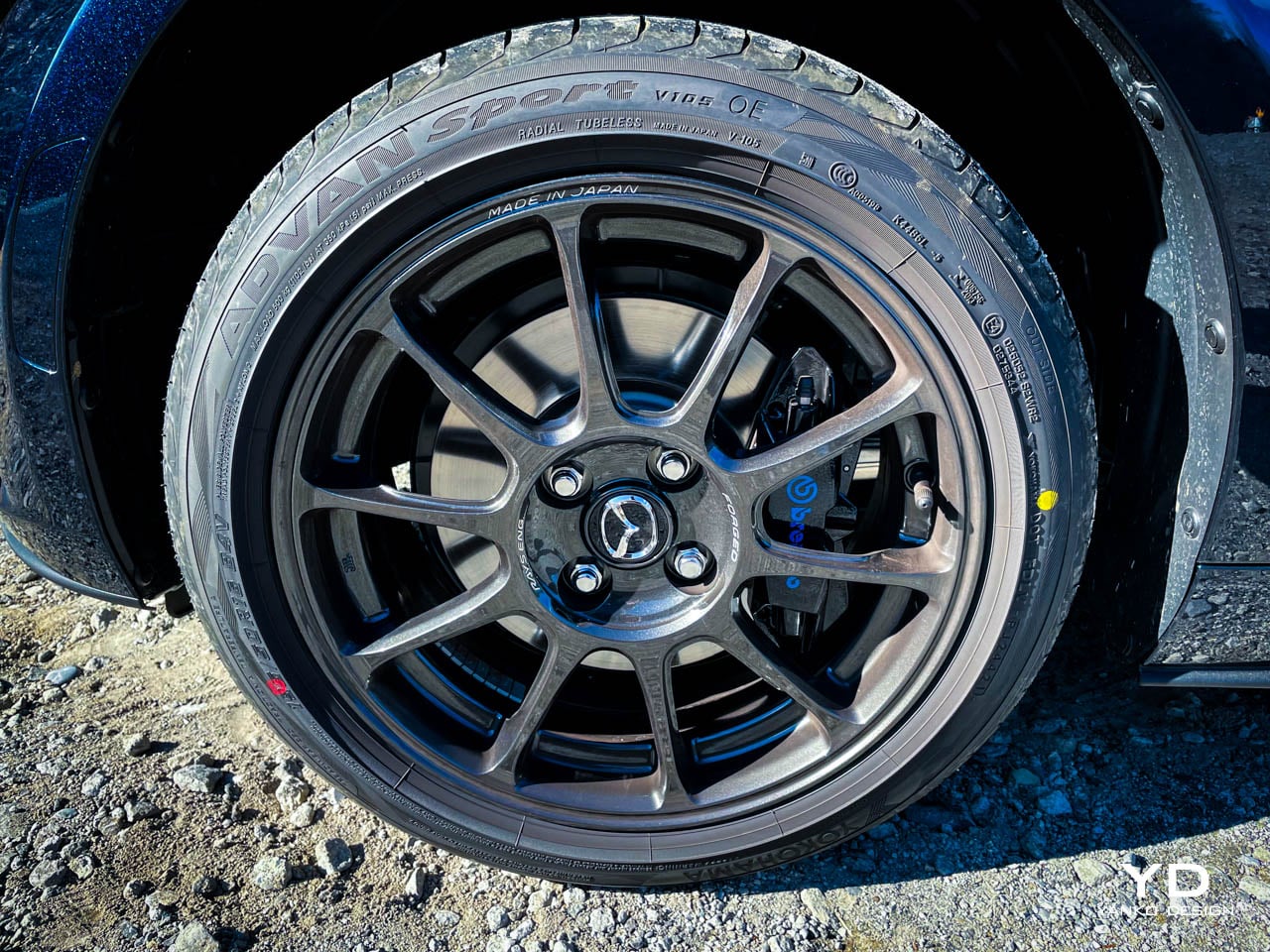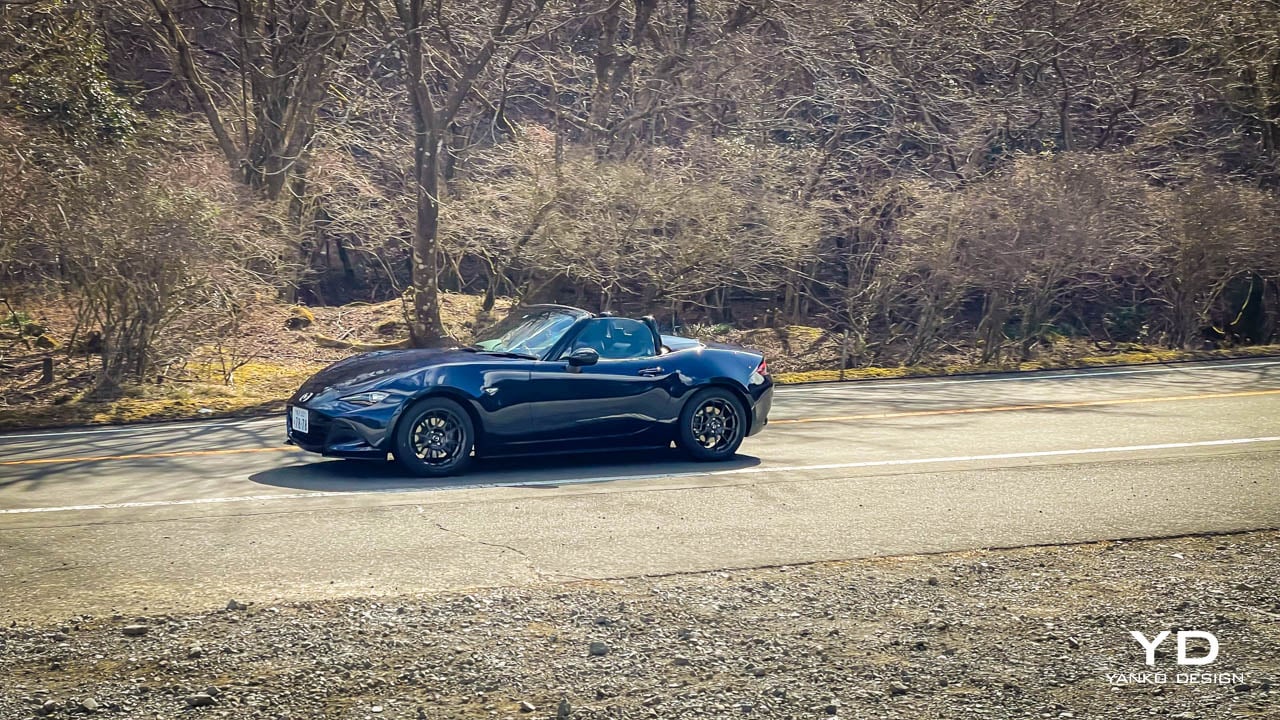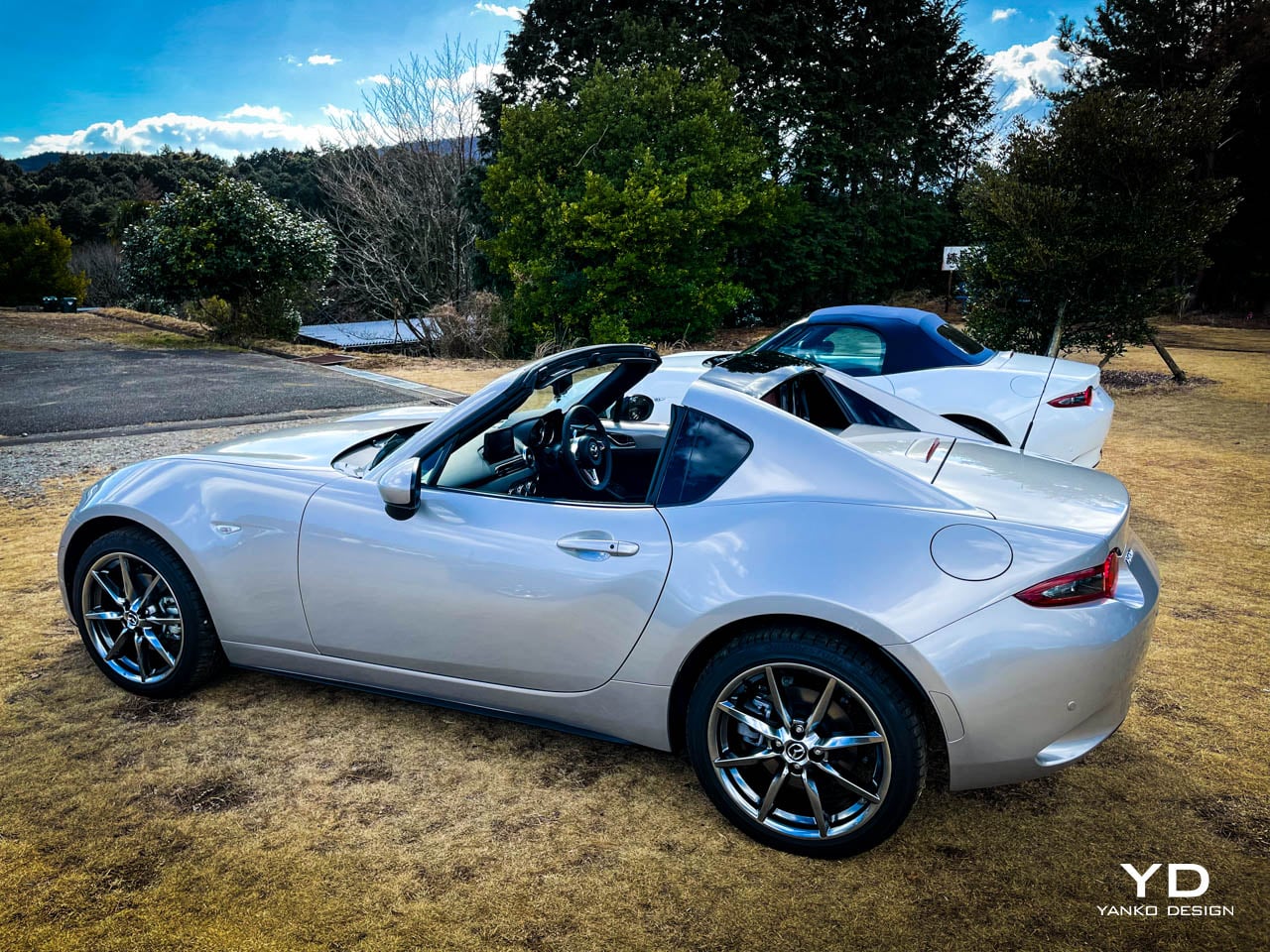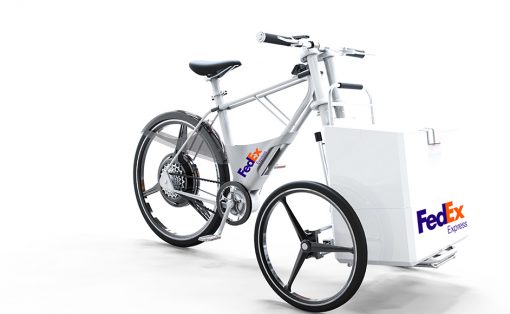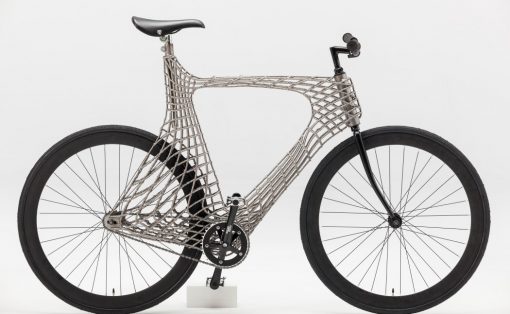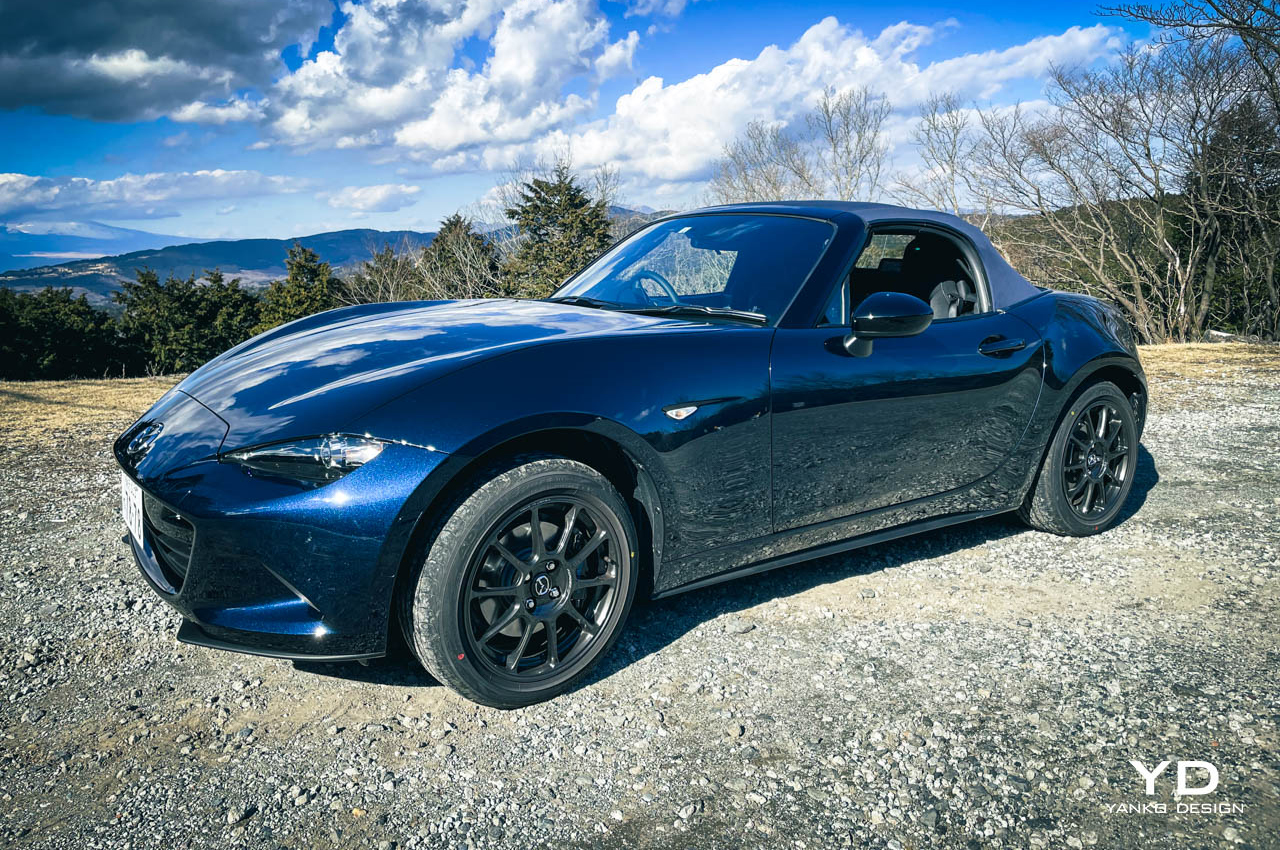
PROS:
- Same great design with subtle exterior tweaks
- The new KPC tech is worth the hype
- Stunning tan-colored interior on Terracotta model
CONS:
- 990S does need a few more herbs
- Dull 990S interior
- The MX-5 needs a touchscreen
The number “990” means a lot to Mazda. Concerned as much about shedding weight as a boxer leading up to his title bout, the Hiroshima carmaker has just launched a new lightweight addition to its current model ‘ND’ roadster lineup called the MX-5 990S. And it goes without saying that the naming refers to the car’s curb weight of just 990kg or 2,182 lbs.
But being lightweight is nothing without handling prowess, or so say Mazda, so engineers added a new system called ‘Kinematic Posture Control (KPC) and four-piston Brembo brake calipers to further enhance the new model’s sub-1 tonne street cred and on-road manners. At a recent launch in Japan, we tested the new weight-conscious 990S based on a stock 1.5-liter MX-5 as well as the chic style-conscious ‘Terracotta Selection’ version based on the gutsier 2.0-liter MX-5 RF model. Both successfully take the game-changing roadster in exciting new directions that owners have been crying out for over the last decade.
The MX-5 sparked a roadster revolution
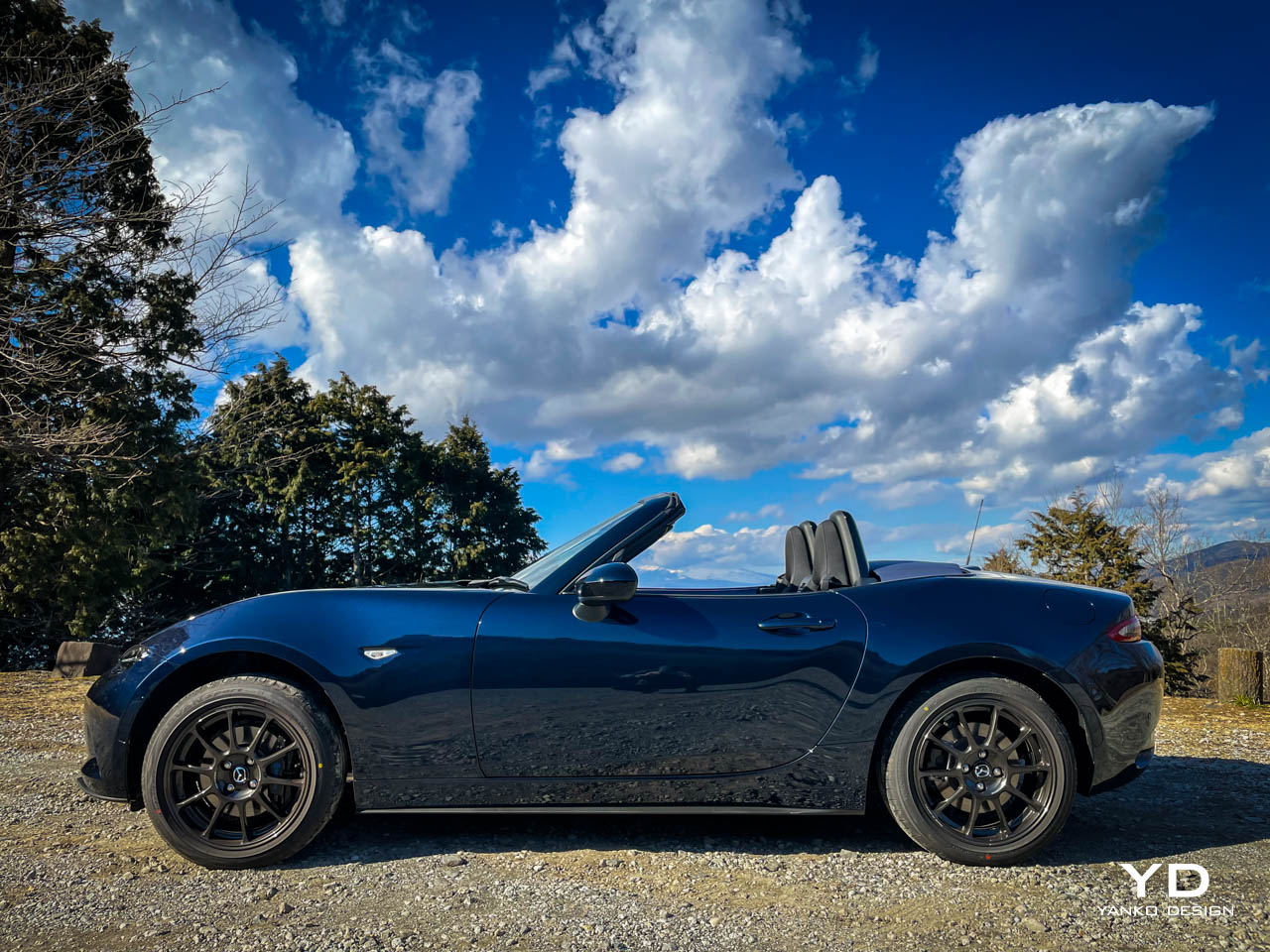
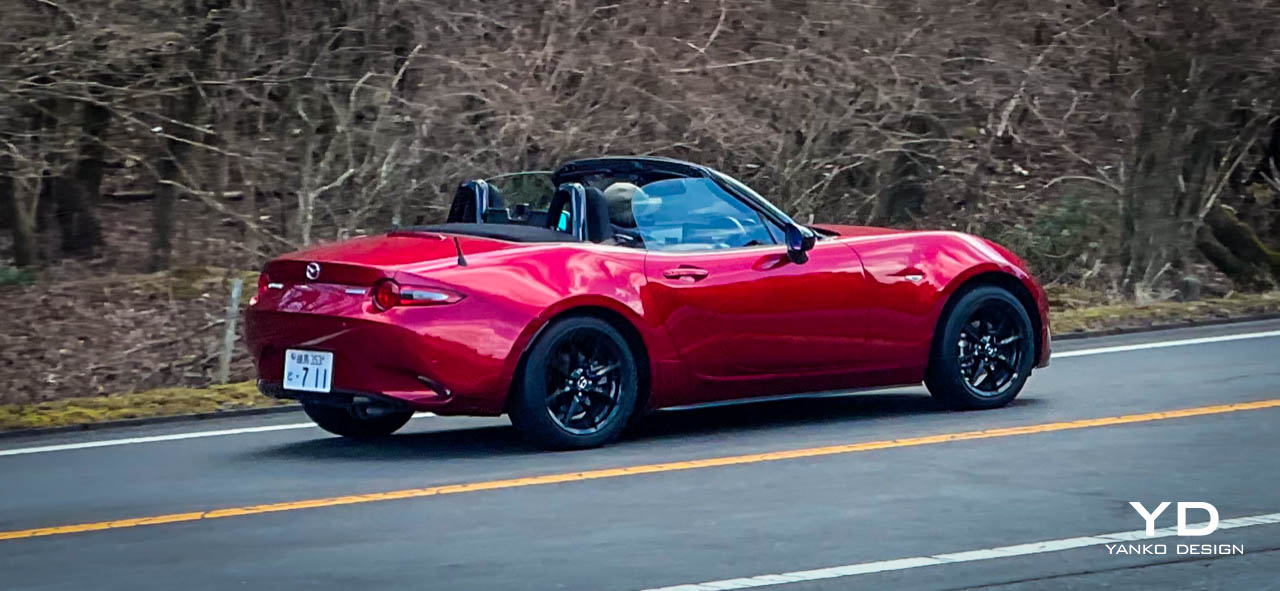
Through four generations over 33 years, Mazda’s mercurial MX-5 has been the roadster of choice for more people on the planet than any other open-topped car. The Hiroshima-born coupe’s looks, handling, cost performance, street cred, and topless fun-to-drive qualities sparked a boom amongst European carmakers in the early 1990s to re-challenge the two-door genre with cars like the now-famous Boxster, Z4, TT, SLK, Barchetta, and MGF. In fact, as early as 2016, MX-5 sales had reached 1 million units, making it the biggest-selling open-top 2-door compact sports car on the planet and earning it a place in the Guinness Book.
Over the years, the compact Mazda also won numerous awards around the world including the Japan Car of the Year, twice, Automobile Magazine’s ‘Automobile of the Year,’ the UK Car of the Year, the Daily Telegraph ‘Car of the Year,’ Red Dot ‘Best of the Best Award: Product Design,’ the World Car of the Year, the Best Car Design of the Year, and Autocar’s ‘Best Driver’s Car’. It also appeared in Car and Driver’s ‘10Best awards’ over a dozen times.
Truth be told, it’s a miracle that the MX-5 even exists. Back in the late 1980s, when a small group of visionary engineers and designers, inspired by the Lotus Elan, gathered at an unused warehouse next to Mazda’s Hiroshima HQs to formulate the car’s construction, several senior product planners nearly scuttled the MX-5 project as they seriously challenged the R&D team on two critical points.
The beancounters insisted that the MX-5 should be front-wheel drive and have a different suspension system to the planned independent double-wishbone as those choices would be cheaper to produce and more profitable. But chief engineer Toshihiko Hirai and senior development engineer Takao Kijima stuck to their guns and insisted that if the MX-5 was going to be a real driver’s car and sell in big numbers, then it had to be rear-wheel drive and employ a double-wishbone setup all around. Luckily, management listened to Hirai and Kijima and the rest is history.
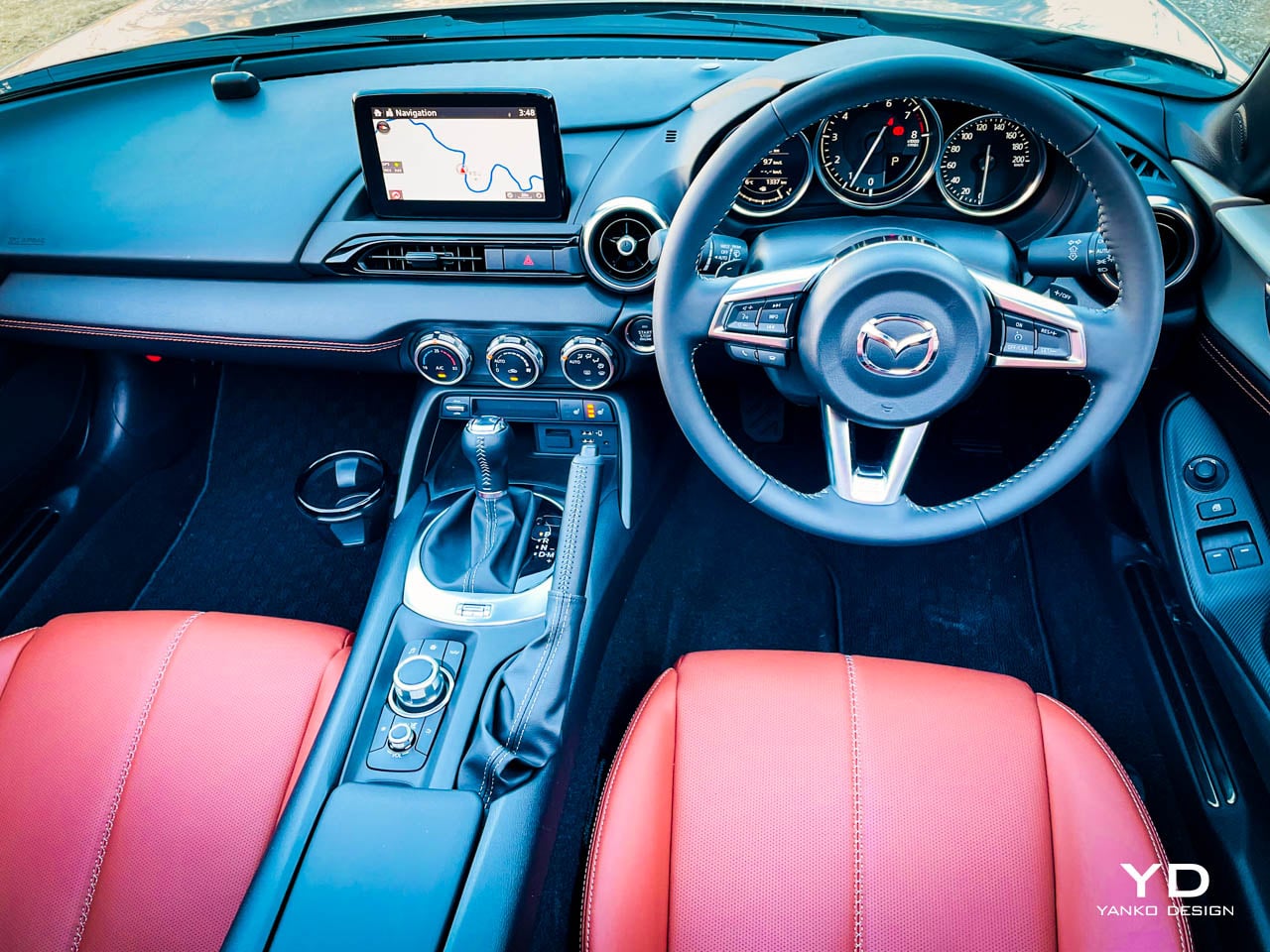
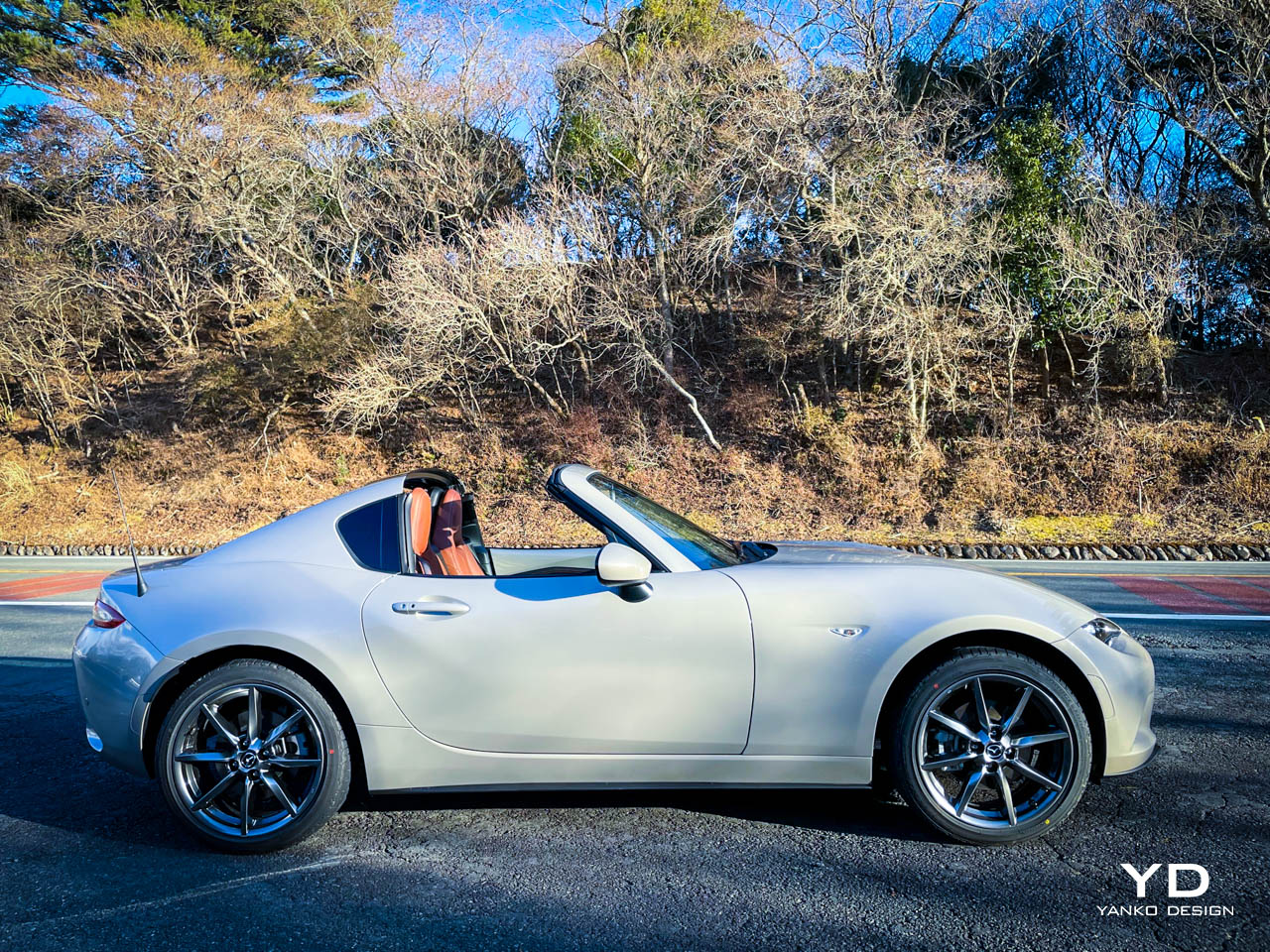
Back to basics — that means going on a diet
When the original MX-5 (NA version) took the automotive world by storm back in 1989, it arrived with the catchphrase ‘lightweight sports car,’ tipping the scales at just 960 kg (2,116 lbs). With subsequent generations, the two-door grew and put on the pounds, ballooning up to 1,065 kg (2,348 lbs) for the second-generation NB model in 1998, before peaking at 1,110 kgs (2,447 kgs) with the third generation NC version in 2005. Wanting to return to its 1989 ‘lightweight’ origins with the fourth generation ND version launched in 2015, Mazda designers came up with ingenious weight-saving techniques, like wafer-thin sunshades, lighter seats and carpets, lighter wheels and sheet metal, and even a lighter, more compact, more fuel-efficient 1.5-liter four-cylinder engine.
Those efforts helped reduce the latest MX-5’s curb weight to 1,058 kg (2,332 kgs) and improve its handling. The ND model also offered a basic entry-level special ‘Grade S’ version that weighed in at a spritely 990 kg. But Mazda still wasn’t satisfied. Using the Grade S as their starting point, they wanted to maintain that all-important curb weight, but create the best handling lightweight two-door they could—a variant that kept the 990 kg threshold but delivered improved handling and braking. The all-new 990S they came up with turned out to be a brilliant exercise in addition and subtraction.
Designers fitted lighter wheels, with each Rays’ branded forged alloy rim shedding 800 grams (28 ounces), enabling the car to lose a total of 3.2 kgs or 7 lbs. The 990S was also given a much lighter and simpler sat-nav and audio system to compensate for the newly fitted Kinematic Posture Control (KPC) and four-piston Brembo brake system. According to Mazda, the weight-saving measures and the addition of the two new technologies actually cancel each other out, leaving the 990S at, you guessed it, the desired 990 kg curb weight.
All of the upgrades are under the sheet metal
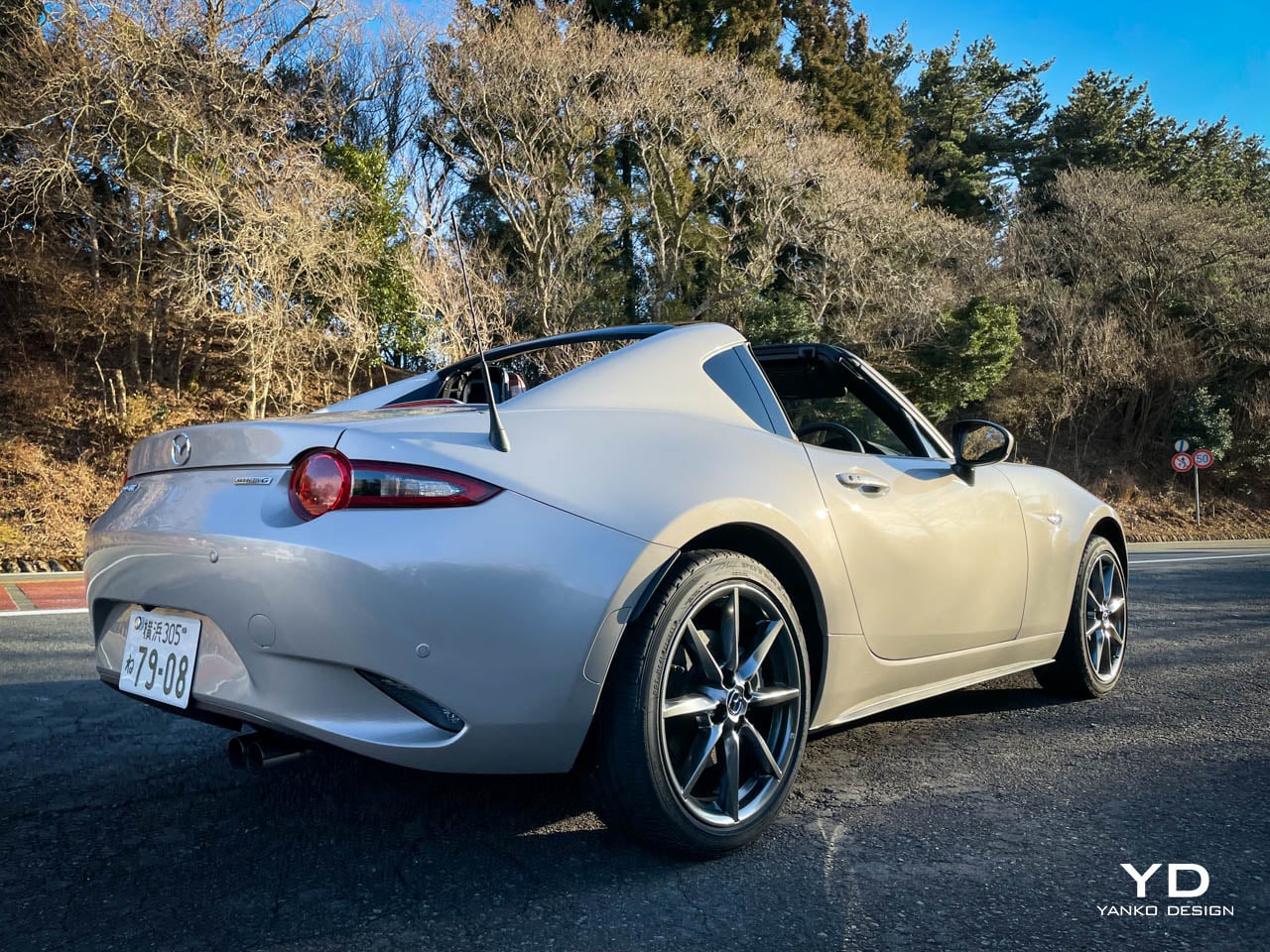
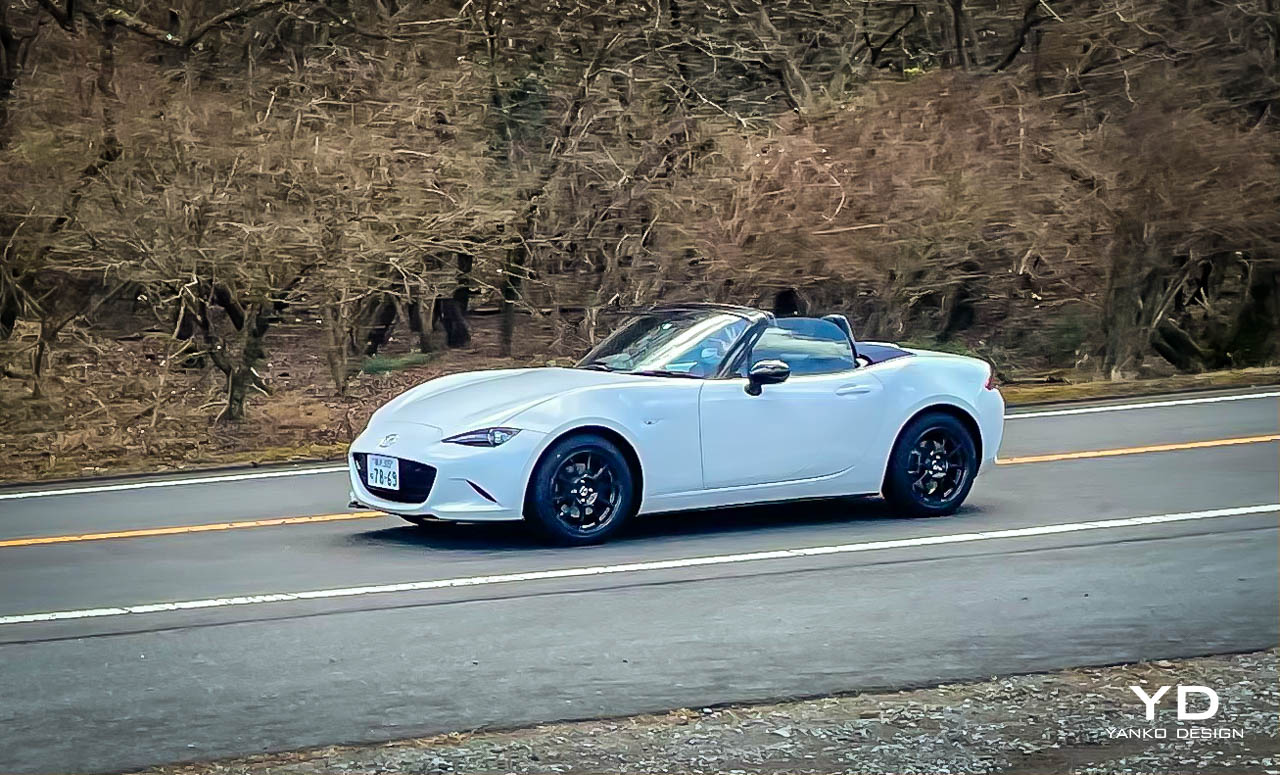
But before we examine the effectiveness of the KPC and brake system, let’s first look at the design of the two new variants. Fitted with a navy blue soft-top blue logos and blue Brembo lettering on the brake calipers, the 990S, apart from the new Rays wheels, is otherwise a carbon copy of the current model MX-5. The exterior and interior styling stay true to fourth-generation ND blueprints, which when you think about it, is a huge compliment to the design of the current car. Normally, when creating a new variant that boasts significant new technology, designers are eager to ‘dress-up’ their upgraded sports cars with modified grilles, headlights, bumpers, side skirts, diffusers, front spoilers, and rear lip spoilers. But on the 990S, as we mentioned, the only changes are those new rims and blue soft-top. Every else is unchanged.
Mazda stylists were happy to leave the car virtually as is. No wonder when it wins so many awards including a ‘Car Design of the Year’ trophy.
Let’s just recap why this design is so successful and highly acclaimed, and why stylists saw no need to modify the exterior. At all. Firstly, when you look at the side profile, you notice that the driver is sitting right in the middle of the body, between the front and rear wheels. This helps to give the car its targeted 50:50 front to rear weight distribution. The front end is as radical as it is breathtaking. According to chief designer Masashi Nakayama, he lowered and shortened the front overhang reminiscent of Ferrari front ends, which required the integration of sharp, narrow LED headlights, stacked daytime running lights, and a compact sleek grille. To give the MX-5 an even sleeker silhouette, Nakayama says he pulled back and slanted the A-pillar a further 3 inches when compared to its predecessor. This helps to give the coupe its perfectly proportioned stance.
At the rear end, the corners were shaved off drastically to give the car sporty, wide, and low proportions while realizing sexy flared rear fenders. Those proportions are mirrored in the MX-5 RF meaning Retractable Fastback. The two major differences between the standard MX-5 and the RF version are the targa-style roof with a power metal roof in contrast to the stock version’s soft-top, and the RF’s 2.0-liter engine instead of the basic model’s 1.5-liter.
The 990S is spartan inside but the Terracotta is stunning
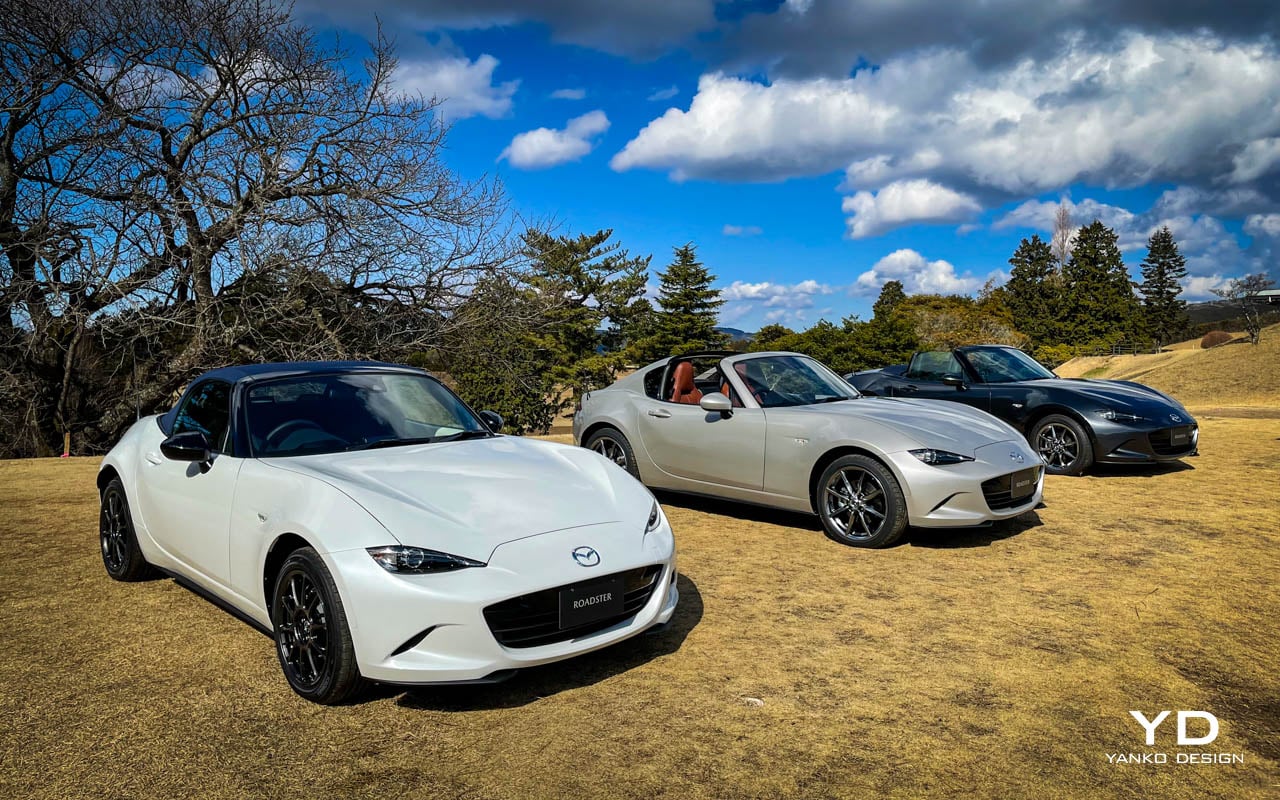
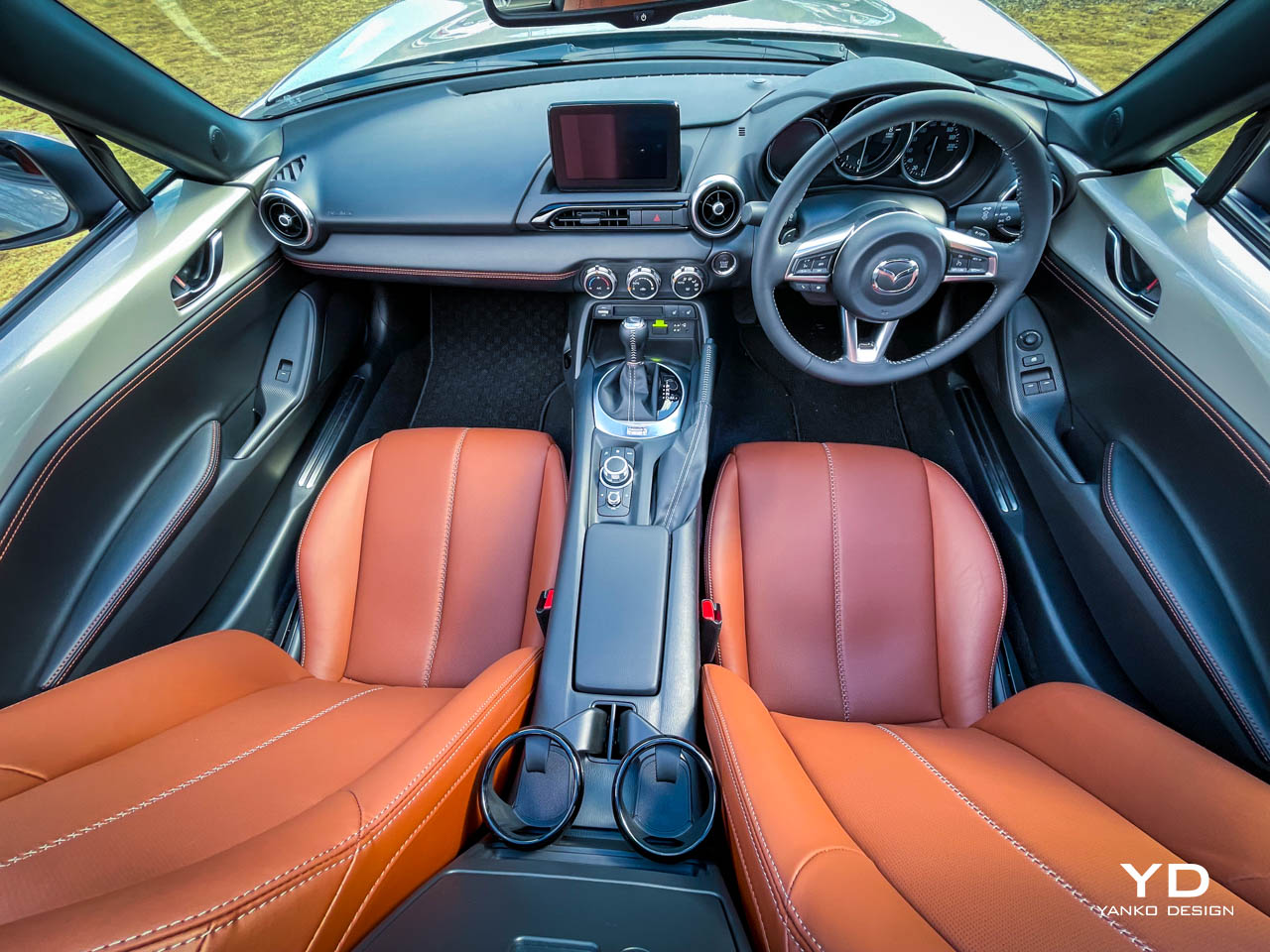
Inside, the stock MX-5 based 990S is spartan and simple with a small, basic screen, black manually adjusted cloth and fake leather seats, and a manually foldable roof. We will get to this model’s highlights—the new KPC and brakes in a moment. Whereas the RF’s exterior is identical to the current model, the so-called Terracotta Selection’s interior is totally new and very upmarket. In fact, this RF version boasts gorgeous, punch-holed, tan-colored leather seats with white stitching that are as good as many German sports cars twice its price.
They are by far the best-looking, most comfortable seats on any Japanese sports car under $50,000. In addition, the Terracotta Selection gets back leather and carbon accents on the door interiors with tan-colored stitching and polished aluminum scuff plates on the floor. With Mazda’s superb hi-tech 181-hp 2.0-liter four-cylinder gasoline engine married to a tight, short-throw 6-speed manual gearbox and a deliciously high 7500-rpm redline, this new RF will be the vehicle of choice for those discerning buyers wanting extra power and a significantly elevated level of design flair and interior luxury.
The Driving Experience
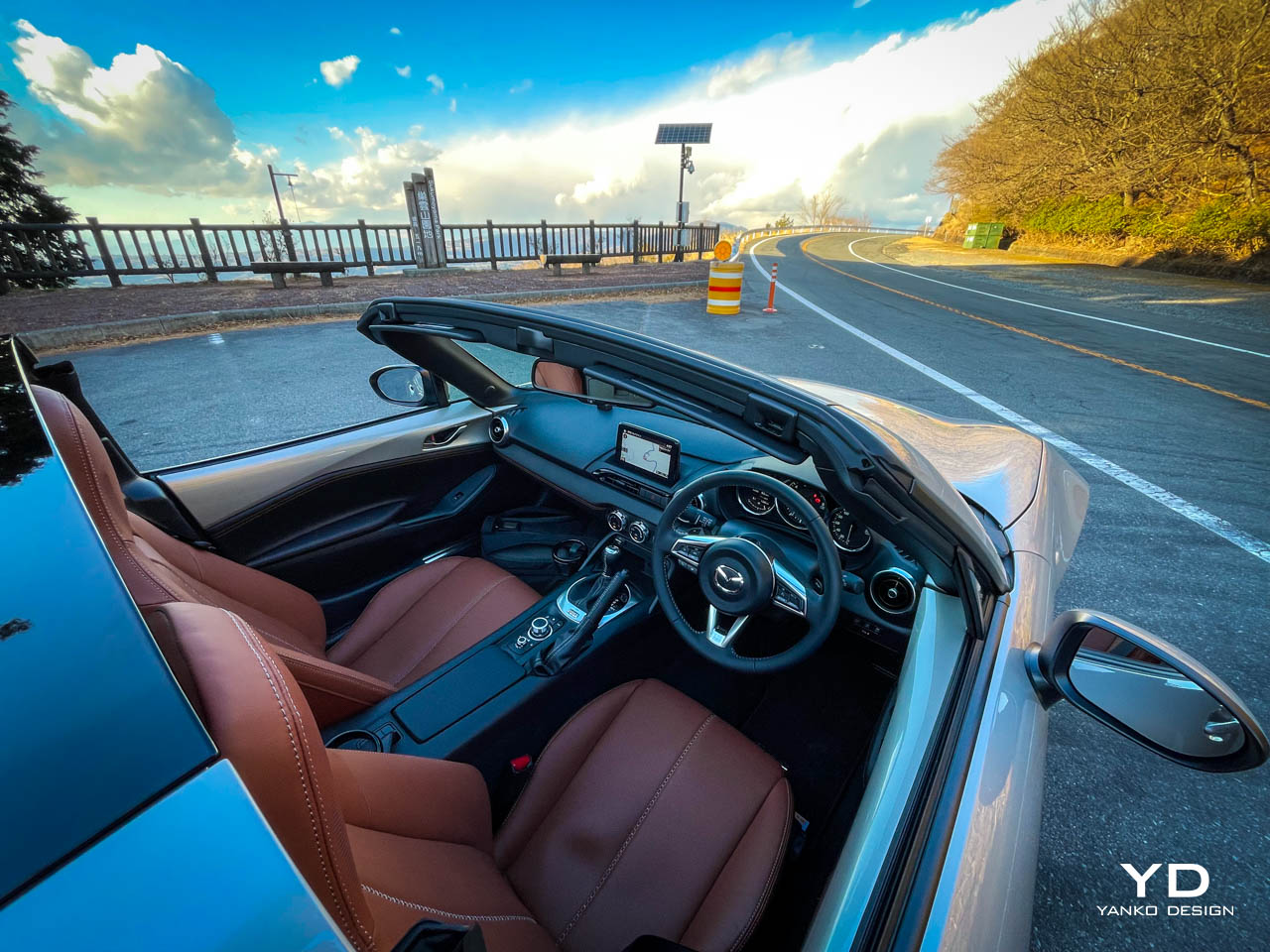
Okay without further ado, it’s time to explain what this new, fancy Kinematic Posture Control is all about. Firstly, no, KPC has nothing to do with forcing you to sit upright in your seat. It’s all about cornering and enhancing that car’s fun-to-drive attributes. Anyone who has driven a recent MX-5 will know that, when pushed, the car tends to roll quite a bit in the corners. To keep both the 990S and the Terracotta Selection variant flatter and maximize stability in the corners, Mazda engineers have fitted KPC, a system that uses braking to reduce body roll, minimize rear lift and keep the car flatter mid-turn. According to a Mazda engineer, KPC does not actually employ new technology. It just uses a new algorithm setup of technology that was already fitted to the car.
When the car corners at speed, KPC applies a slight amount of braking force to the rear inside wheel to give a small but noticeable downward pull on the inside rear suspension. KPC enhances Mazda’s previously fitted G-Vectoring Control Plus technology which responds to steering input when entering a corner by automatically reducing engine torque to transfer weight forward and help to stabilize the car when turning. At the same time, it also applies light subtle braking to the outside front wheel in a corner to reduce the weight transfer to the rear wheels and further stabilize the car.
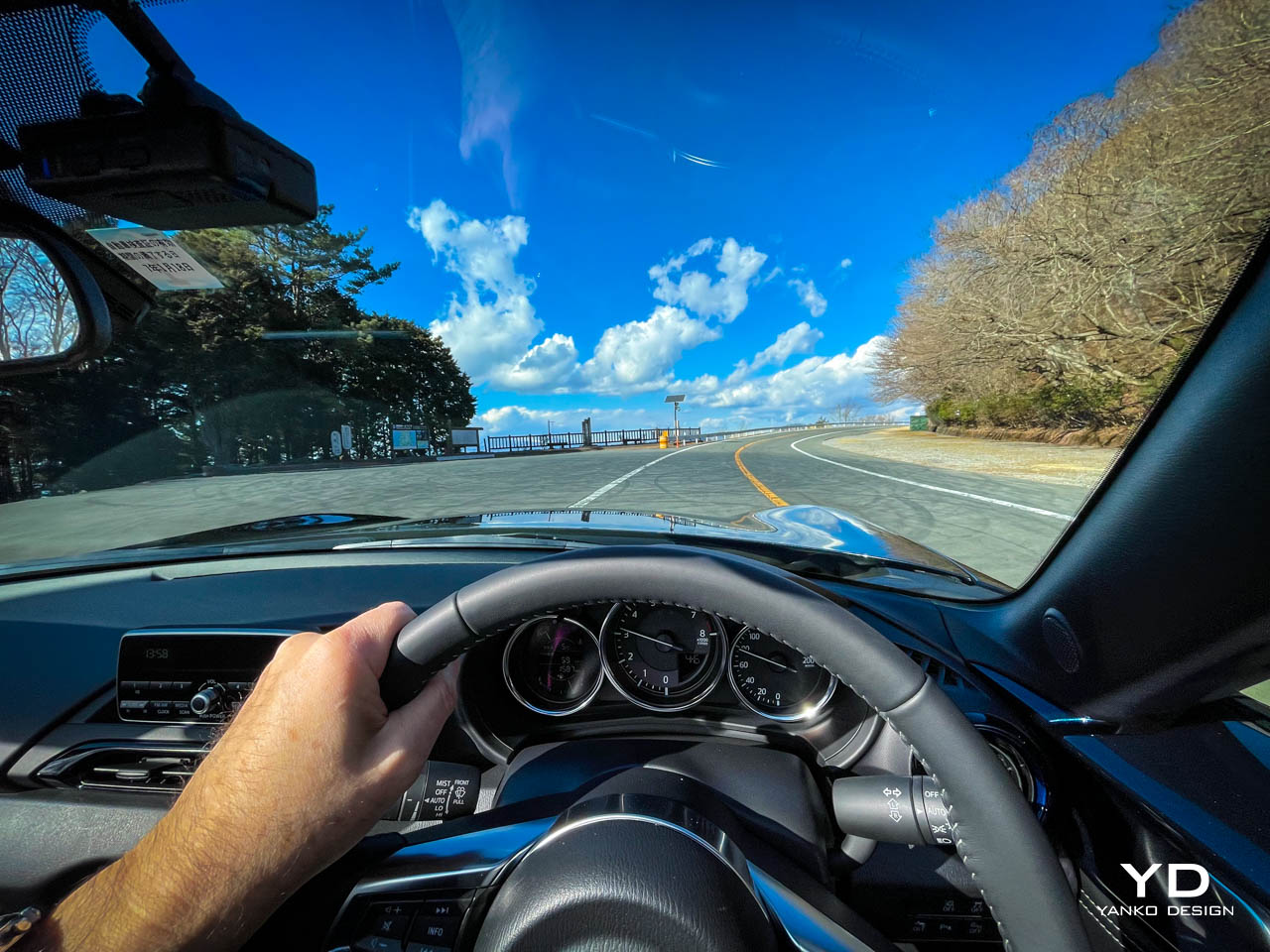
In the same way, as the MX-5’s body stays unchanged, the 1.5-liter four-cylinder engine remains the same on the 990S. Generating 130-hp and 112 lb-ft of torque, the 990S is by no means quick. But given its light curb weight, the 130-hp combined with a nice mechanical touch 6-speed manual, the car propels down the road with some urgency and finesse. I especially enjoyed being able to push the engine to its 7500 rpm redline without having to worry too much about breaking speed limits in the process. This is a car you can really drive using the top half of the engine regularly on highways and mountain roads.
On our test day, we were able to compare the current MX-5 with the new 990S and the difference was significant. True to the engineers’ words, KPC acted to keep the car flatter through tight bends, especially the rear end, which in turn improves rear grip and front end turn in. Steering response is more accurate and settled and the car goes exactly where you point it with no fuss. Meanwhile, the Brembo brakes deliver superb pedal feel and stopping power, and combined with the KPC, work to inspire confidence in drivers.
Prices and Options
Whether the U.S. will get the 990S is still unclear, but the KPC handling system will definitely make it onto future U.S.-bound roadsters and other Mazda models in the very near future. The 990S has a one-spec sticker price of 2.89 million yen (@$25,000) and comes with basically everything a driver would want including the Brembo brakes and Rays wheels. Meanwhile, the Terracotta Selection with those scrumptious tan-colored leather seats starts at 3.46 million yen ($30,000) for the ’S’ grade, ranging up to the flagship RS model at 3.92 million yen (@$33,800).
In Japan at least, the 990S with its new KPC technology and Brembo brakes will give the driving purists an alternative to the Toyota GR86 and Subaru BRZ, while the Terracotta Selection with its KPC, gutsy 2.0-liter engine and stunning interior will not only ‘conquest’ customers away from Toyota and Subaru, but also challenge the likes of Porsche Boxster and BMW Z4. One reason the new 2.0-liter MX-5 is able to tackle its German rivals is because you can use more of the Mazda’s top end at lower speeds, which according to one ex-Boxster owner I spoke to is less frustrating. And with those award-winning looks and top-class interior, and that great handling, the MX-5 has some true street cred, and on the handling and aesthetic fronts.
